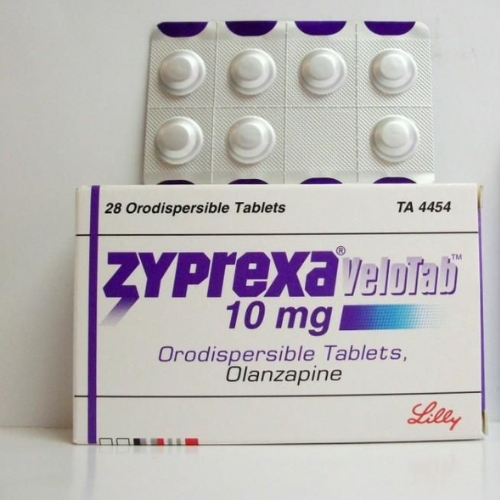Description
Zosyn (piperacillin/tazobactam) is primarily administered intravenously (IV) for the treatment of various bacterial infections. However, there are formulations available for intramuscular injection as well. The route of administration depends on the specific indication, patient condition, and healthcare provider’s judgment
What bacteria does zosyn cover?
zosyn(piperacillin/tazobactam) is a broad-spectrum antibiotic that covers a wide range of bacteria, including both gram-positive and gram-negative organisms. Some of the bacteria commonly susceptible to zosyn include:
Gram-positive bacteria:
- Streptococcus species (excluding Enterococcus faecalis)
- Staphylococcus aureus (including methicillin-susceptible strains)
- Streptococcus pneumoniae
- Enterococcus species (not including Enterococcus faecalis)
Gram-negative bacteria:
- Escherichia coli
- Klebsiella pneumoniae
- Proteus mirabilis
- Haemophilus influenzae
- Pseudomonas aeruginosa (although some strains may have reduced susceptibility)
Zosyn is often used for the treatment of various infections, including intra-abdominal infections, respiratory tract infections, urinary tract infections, skin and soft tissue infections, and febrile neutropenia, among others. However, it’s essential to note that antibiotic susceptibility patterns can vary geographically and over time, so it’s crucial to confirm susceptibility with local microbiology data when prescribing antibiotics.
What is ZOSYN used to treat?
Zosyn (piperacillin/tazobactam) is a broad-spectrum antibiotic used to treat a variety of bacterial infections in adults and children. Some common indications for Zosyn use include:
- Intra-abdominal infections: Zosyn is often used to treat complicated intra-abdominal infections, such as peritonitis, appendicitis, and abscesses.
- Skin and soft tissue infections: Zosyn can be used to treat complicated skin and soft tissue infections, including cellulitis, infected wounds, and diabetic foot infections.
- Respiratory tract infections: Zosyn is effective against respiratory infections such as pneumonia, particularly when caused by susceptible organisms.
- Urinary tract infections: Zosyn may be used to treat complicated urinary tract infections, including pyelonephritis and complicated urinary tract infections associated with catheterization.
- Gynecological infections: Zosyn can be used to treat infections of the female reproductive system, such as pelvic inflammatory disease.
- Septicemia (bloodstream infections): Zosyn may be used as part of empiric therapy for septicemia, especially in critically ill patients.
- Febrile neutropenia: Zosyn is sometimes used in patients with febrile neutropenia, particularly in those at high risk of multidrug-resistant infections.
It’s important to note that zosyn should be used judiciously and only for bacterial infections where its spectrum of activity is appropriate. It’s also crucial to consider local antibiotic resistance patterns and individual patient factors when selecting zosyn for treatment.
What is the most common side effect of ZOSYN?










Reviews
There are no reviews yet